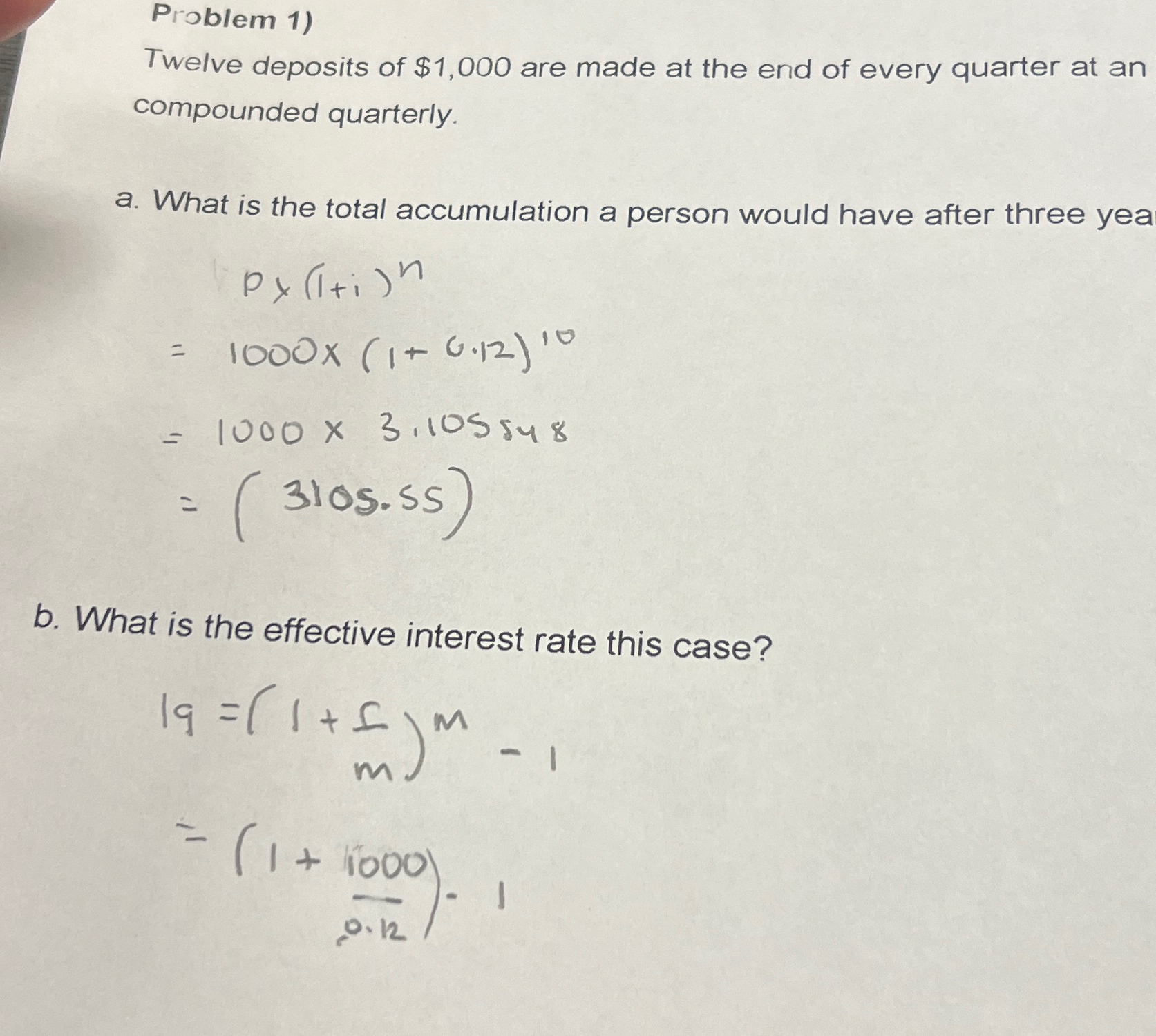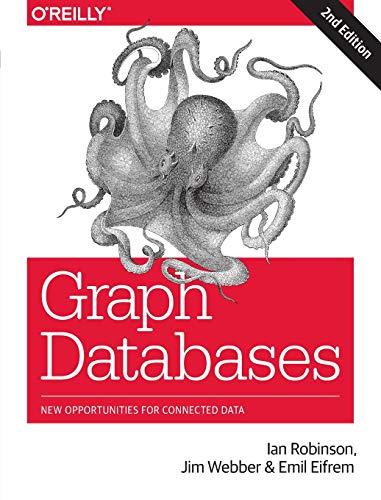Answered step by step
Verified Expert Solution
Question
1 Approved Answer
Problem 1) Twelve deposits of $1,000 are made at the end of every quarter at an compounded quarterly. a. What is the total accumulation a
Problem 1)\ Twelve deposits of
$1,000are made at the end of every quarter at an compounded quarterly.\ a. What is the total accumulation a person would have after three yea\
P_(x)(1+i)^(n)\ =1000\\\\times (1+0.12)^(10)\ =1000\\\\times 3.105548\ =(3105.55)\ b. What is the effective interest rate this case?\
1q=(1+(c)/(m))^(m)-1\ =(1+(1000)/(0.12))*1 
Step by Step Solution
There are 3 Steps involved in it
Step: 1

Get Instant Access to Expert-Tailored Solutions
See step-by-step solutions with expert insights and AI powered tools for academic success
Step: 2

Step: 3

Ace Your Homework with AI
Get the answers you need in no time with our AI-driven, step-by-step assistance
Get Started


